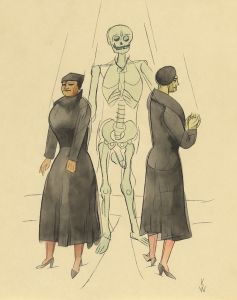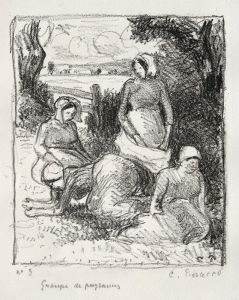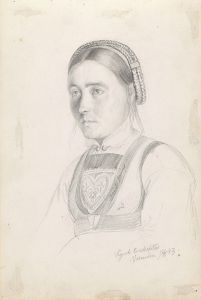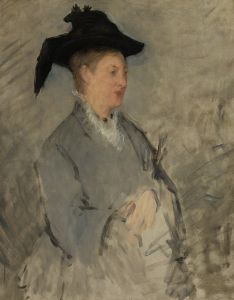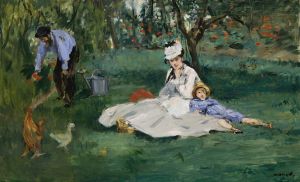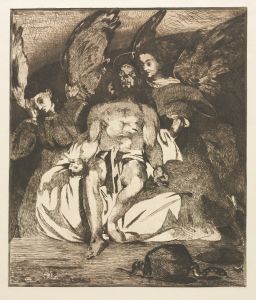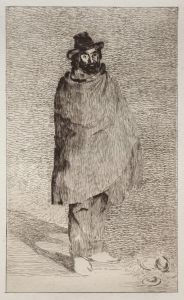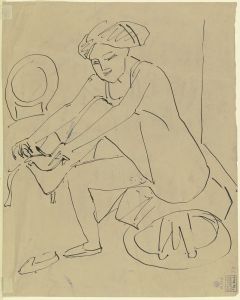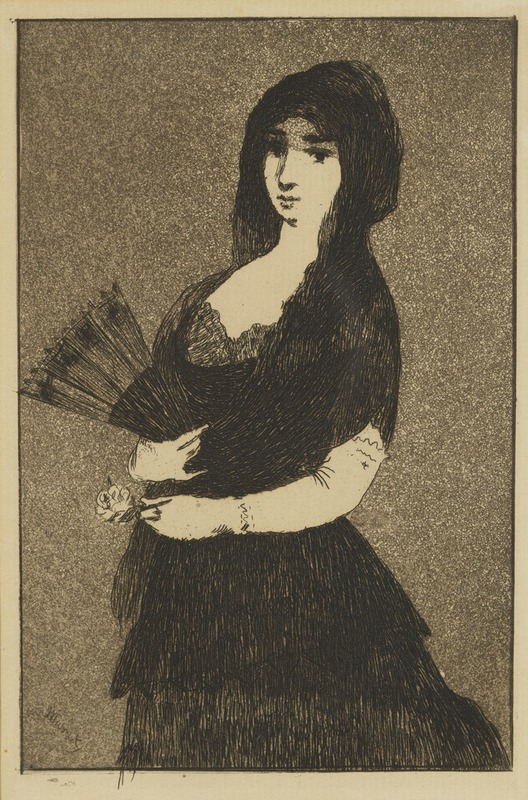
Spanish Woman
A hand-painted replica of Édouard Manet’s masterpiece Spanish Woman, meticulously crafted by professional artists to capture the true essence of the original. Each piece is created with museum-quality canvas and rare mineral pigments, carefully painted by experienced artists with delicate brushstrokes and rich, layered colors to perfectly recreate the texture of the original artwork. Unlike machine-printed reproductions, this hand-painted version brings the painting to life, infused with the artist’s emotions and skill in every stroke. Whether for personal collection or home decoration, it instantly elevates the artistic atmosphere of any space.
Édouard Manet, a pivotal figure in the transition from Realism to Impressionism, painted "Spanish Woman" in 1862. This work is one of several paintings by Manet that reflect his fascination with Spanish culture, which was a popular theme among French artists in the mid-19th century. Manet's interest in Spanish subjects was partly inspired by the works of Spanish masters such as Diego Velázquez and Francisco Goya, whose paintings he admired greatly.
"Spanish Woman" depicts a woman dressed in traditional Spanish attire, characterized by a vibrant and colorful costume that includes a mantilla, a lace or silk scarf worn over the head and shoulders. The painting is notable for its bold use of color and loose brushwork, which were innovative at the time and would later become hallmarks of the Impressionist movement. The woman's pose and expression convey a sense of confidence and poise, capturing the viewer's attention and inviting them to contemplate her character and story.
Manet's choice of a Spanish theme was not merely an artistic preference but also a reflection of the cultural exchanges between France and Spain during this period. Spanish music, dance, and fashion were highly fashionable in Paris, and Manet, like many of his contemporaries, was drawn to these exotic influences. His portrayal of the Spanish woman can be seen as an exploration of these cultural elements, blending them with his unique artistic style.
The painting is executed with a keen attention to detail, particularly in the rendering of the textures and patterns of the woman's clothing. Manet's technique involves a combination of precise brushstrokes and more fluid, expressive marks, creating a dynamic surface that captures the play of light and shadow. This approach demonstrates Manet's skill in balancing realism with a more modern, impressionistic sensibility.
"Spanish Woman" is part of a broader series of works by Manet that explore Spanish themes, including "Lola de Valence" and "The Spanish Ballet." These paintings collectively highlight Manet's ability to capture the essence of a culture that was both foreign and fascinating to his French audience. Through these works, Manet contributed to the broader trend of Orientalism and exoticism in 19th-century European art, while also paving the way for the Impressionists' focus on contemporary life and diverse subjects.
Today, "Spanish Woman" is appreciated not only for its aesthetic qualities but also for its role in the evolution of modern art. It exemplifies Manet's innovative approach to painting, which challenged traditional conventions and opened new possibilities for artistic expression. The painting remains an important piece in the study of Manet's oeuvre and the broader context of 19th-century art, illustrating the complex interplay between cultural influences and artistic innovation.





